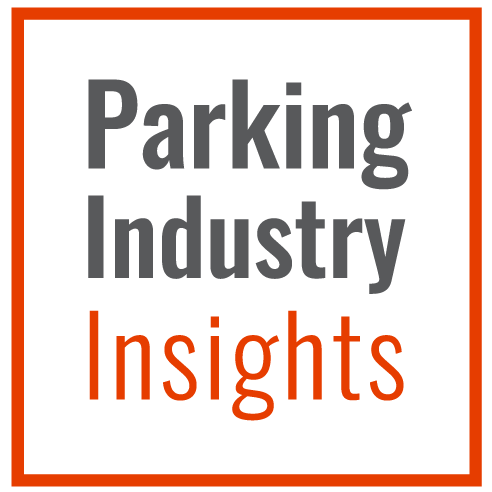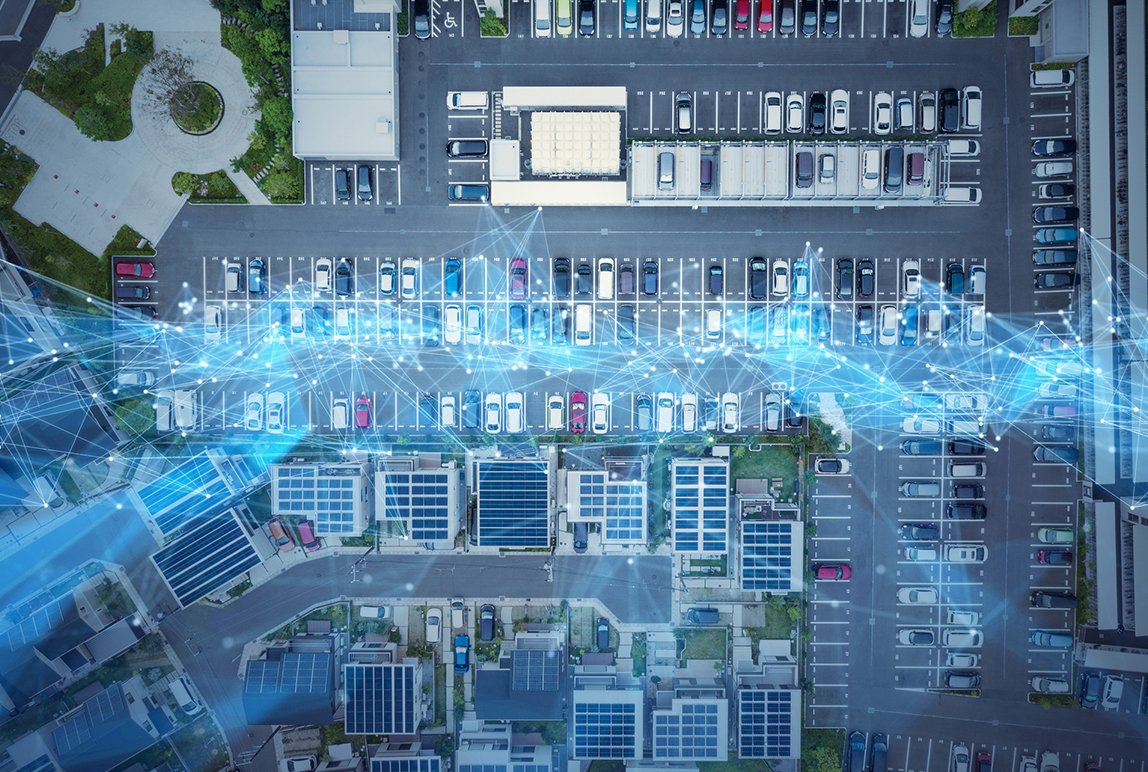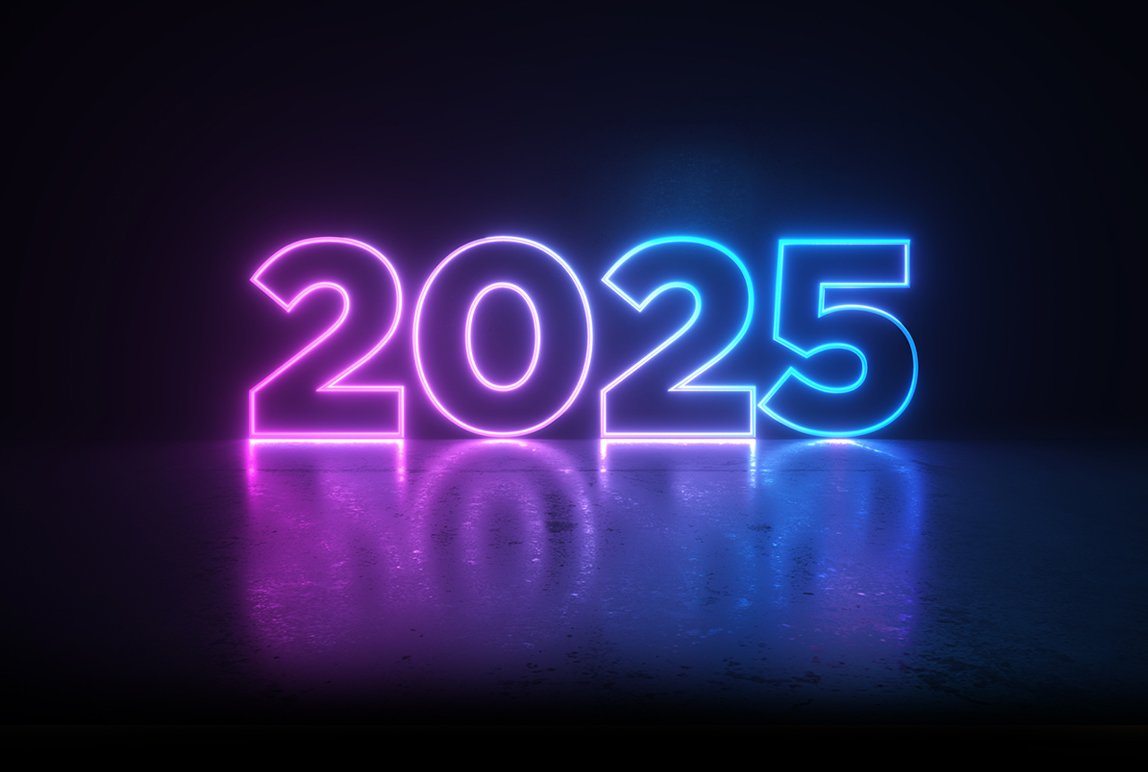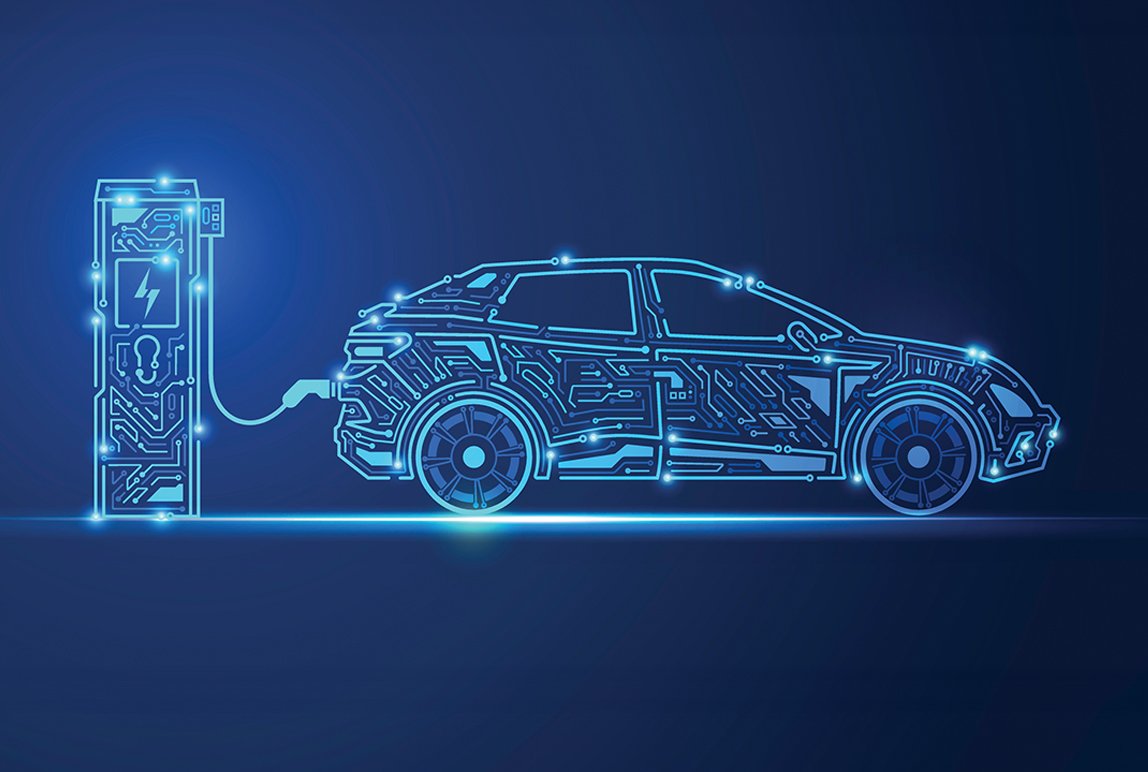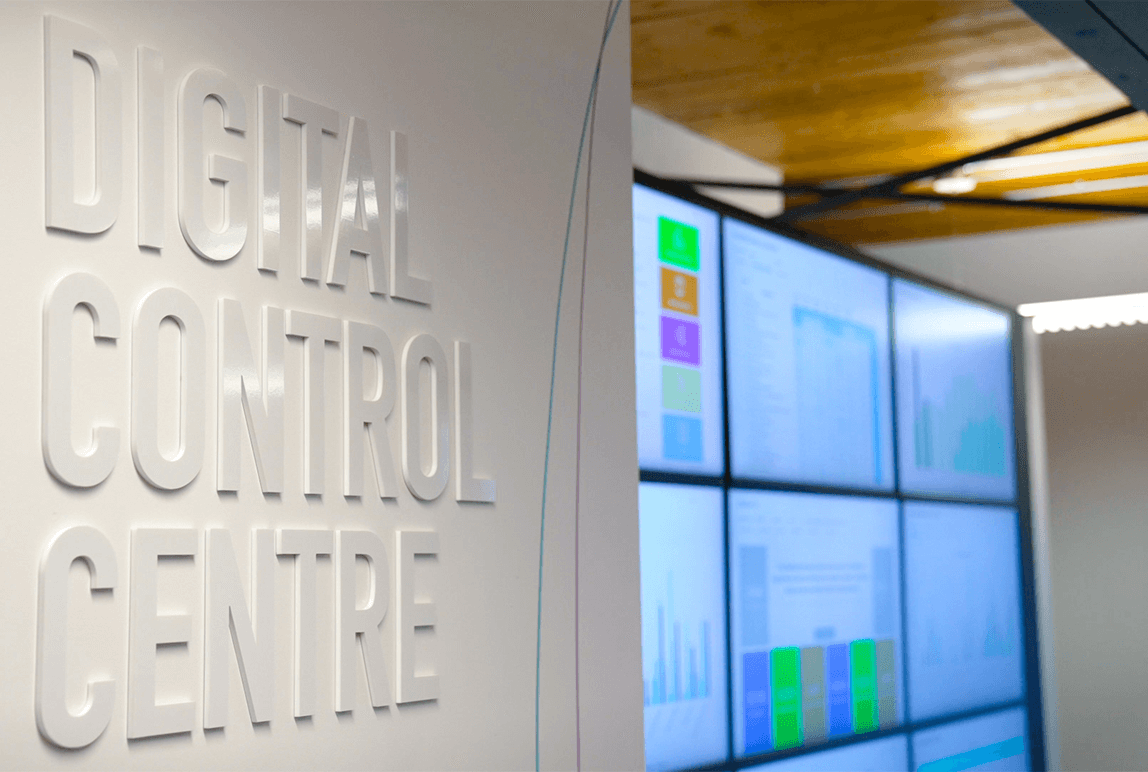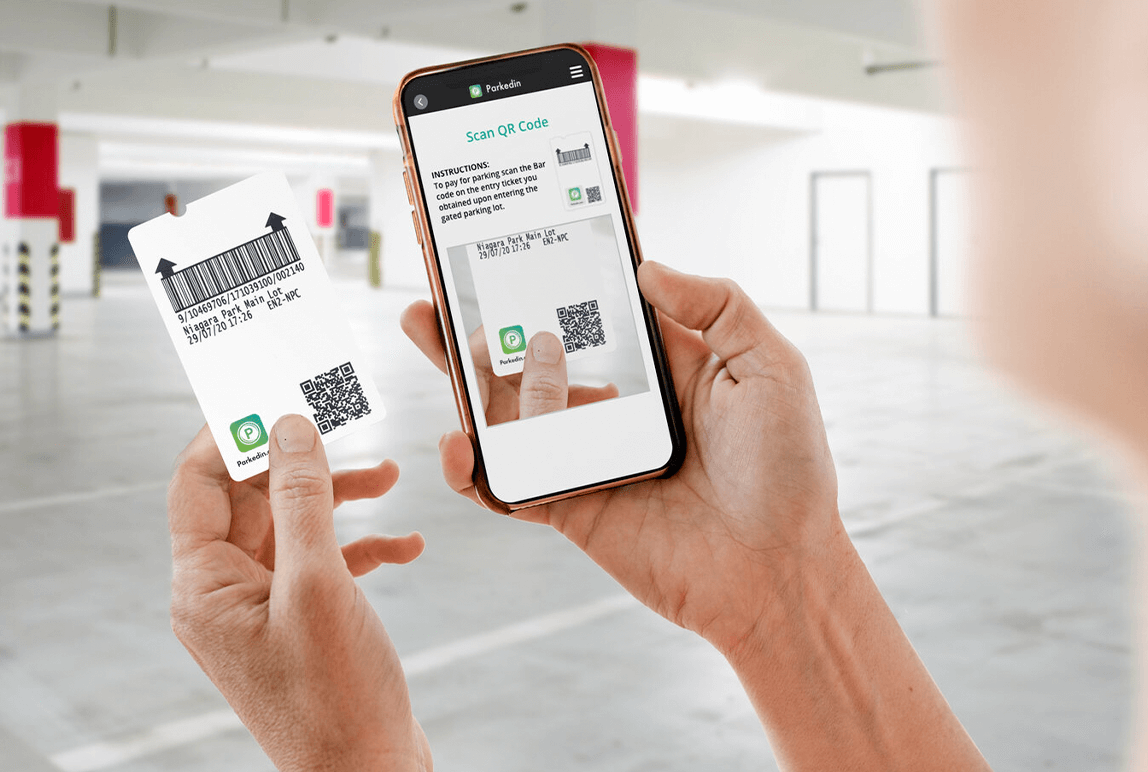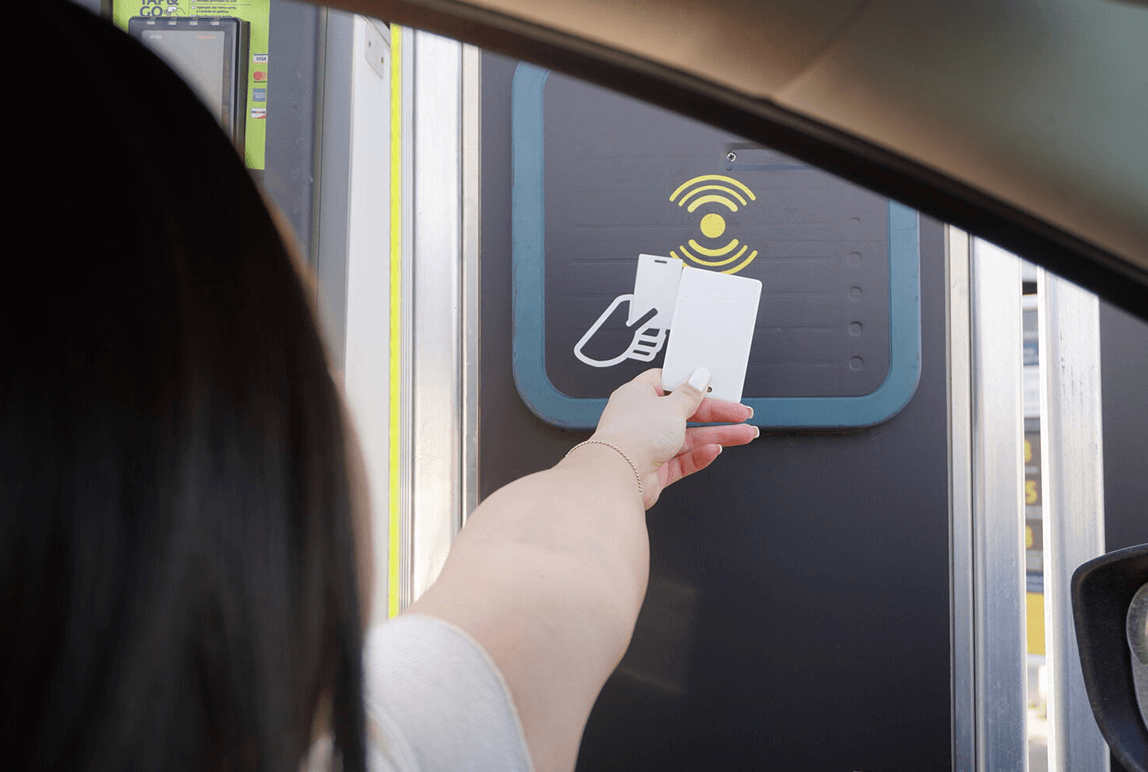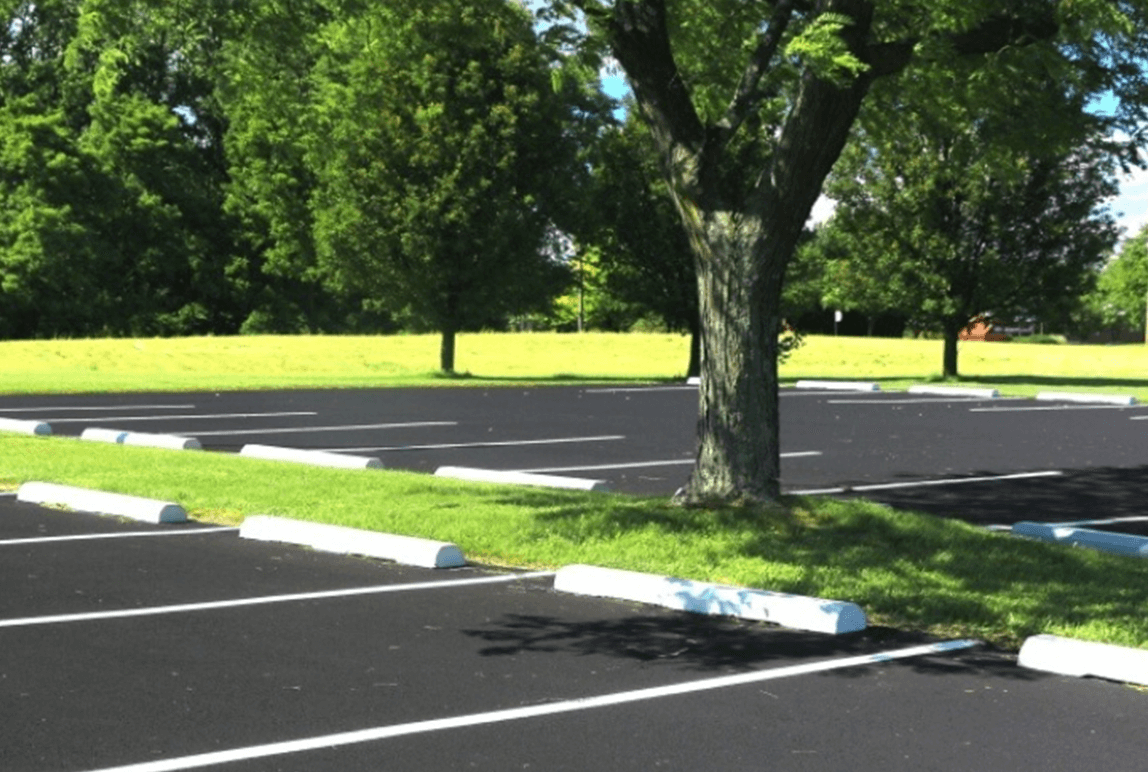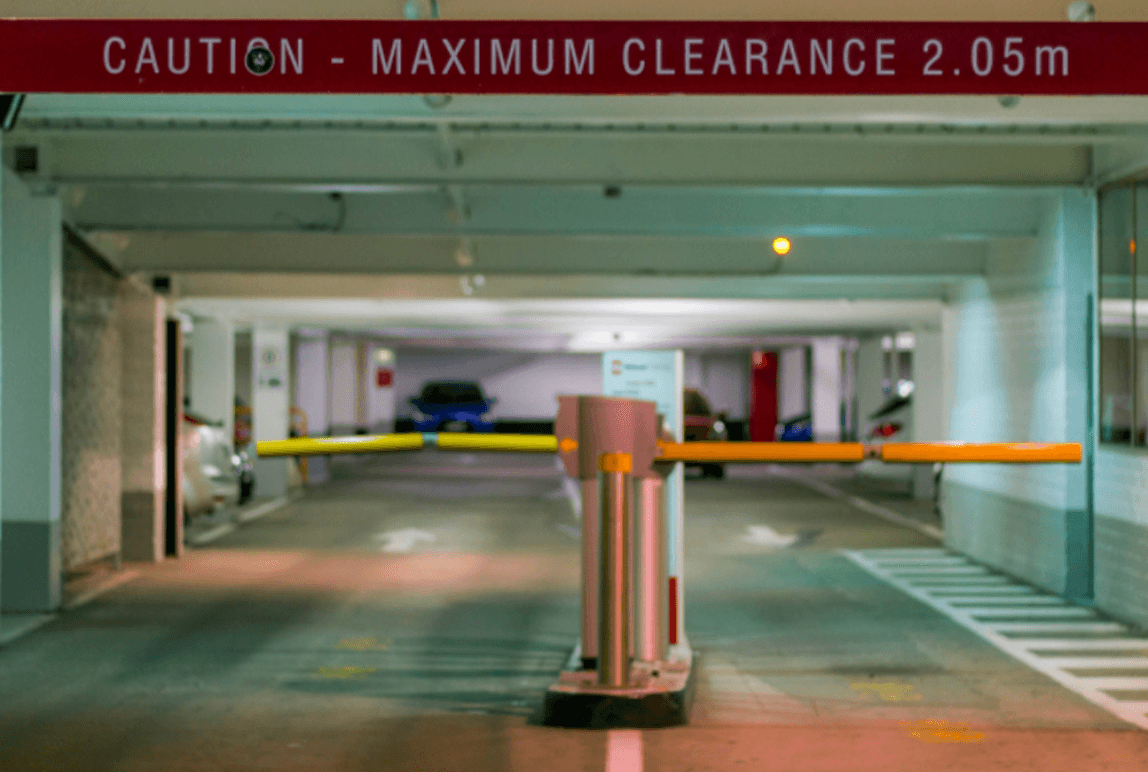Technologies to Consider When Developing Your 2025 Parking Technology & AI Strategy
Posted: Jan, 21, 2025 11:15AM ET • 5 min read
As we move into 2025, parking operations are being transformed by innovative technologies that streamline processes, enhance user experiences, and maximize profitability. From IoT-enabled solutions to dynamic pricing models, crafting a forward-looking parking technology and AI strategy is essential for staying competitive in this rapidly evolving industry. Below are the key technologies to consider:
IoT and Integrative Solutions: Connecting the Dots
The Internet of Things (IoT) revolutionizes parking systems by enabling real-time communication between devices, parking infrastructure, and management platforms. IoT-based sensors can monitor space availability, occupancy rates, and environmental conditions, providing a data-rich environment for informed decision-making. Integrative solutions combine these IoT insights with other platforms, such as payment systems, enforcement tools, and customer apps, creating a seamless ecosystem that enhances efficiency and user satisfaction.
Benefits:
Real-time parking space tracking
Improved traffic flow and reduced congestion
Enhanced operational visibility
Mobile Payment Platforms: Convenience at Your Fingertips
Mobile payment platforms have become a must-have for modern parking facilities. These platforms allow customers to locate parking, pay on the go, and even extend their parking sessions from their smartphones. Parking operators can also boost customer retention and satisfaction by integrating mobile payment systems with loyalty programs or promotions.
Key features to consider:
Payment options, including digital wallets
Notifications and reminders for session expiration
Integration with parking enforcement for seamless management
License Plate Recognition (LPR): Efficient and Contactless Parking
License Plate Recognition (LPR) technology offers a contactless and efficient parking experience by automating access control and payment processes. LPR systems use AI to read vehicle plates, granting access or initiating payment without needing tickets or physical interaction. This technology also improves security by tracking vehicle movements and streamlining enforcement.
Applications:
Gated entry and exit points
Automated fee collection
Enhanced security monitoring
Dynamic Pricing: Optimizing Revenue
Dynamic pricing uses AI and historical data to adjust parking rates based on demand, time of day, or special events. This flexible pricing model maximizes revenue and helps distribute demand, preventing overcrowding in prime parking areas. By leveraging dynamic pricing tools, parking operators can incentivize off-peak usage and better accommodate high-demand periods.
Examples:
Lower rates for early-bird customers
Increased pricing during large-scale events
Real-time adjustments for fluctuating demand
Automation and Measuring Performance: Data-Driven Efficiency
Automation in parking management is a cornerstone of an effective 2025 strategy. From automated gated to AI-powered analytics, these systems streamline operations and reduce manual intervention. Equally important is the ability to measure performance. Key Performance Indicators (KPIs) like occupancy rates, average duration stay, and revenue per space can provide actionable insights, enabling operators to fine-tune their strategies.
Tools to incorporate:
AI dashboards for real-time analytics
Predictive modelling for resource allocation
Automation of routine tasks like ticketing and fee collection
Developing a 2025 parking technology and AI strategy requires adopting these technologies and ensuring their integration into a cohesive system. Focus on user experience, operational efficiency, and data-driven insights to create a parking environment that meets the evolving needs of customers and stakeholders alike.
With IoT connectivity, AI-driven tools, and customer-centric platforms, the parking industry is poised for unprecedented transformation. By strategically implementing these technologies, you can position your operation at the forefront of innovation in 2025 and beyond.
References
Banyard, P. (2024, October 29). What you need to set your paid parking program up for success in 2025 - precise ParkLink: Parking management services. Precise ParkLink | Parking Management Services. https://www.preciseparklink.com/news/what-you-need-to-set-your-paid-parking-program-up-for-success-in-2025
O’Donovan, A., & Garret. (2024, August 2). The evolution of workplace parking: Predictions for 2025. Wayleadr. https://wayleadr.com/blog/the-evolution-of-workplace-parking-predictions-for-2025/
Parking Industry. (2024, September 6). The new essential 8: Technologies to consider when developing your future parking technology strategy. Parking Industry. https://www.parkingindustry.ca/parking-technology/the-new-essential-8-technologies-to-consider-when-developing-your-future-parking-technology-strategy
Share Article:
ABOUT THE AUTHOR
Emmanuel Lereno
Chief Digital Transformation Officer
As Precise ParkLink’s Chief Digital Transformation Officer, Emmanuel plays a key part in strengthening the company’s industry-leading technology innovation and business intelligence expertise to help our customers drive their digital transformation strategies.
Lereno brings more than 20 years of experience in parking and mobility industry to Precise ParkLink. Joining Schlumberger Systems in 2002, Lereno worked on data-driven oil detection systems after completing a Ph.D. in Business Intelligence. He then joined Parkeon where he served as a business analyst in several European countries and coordinated the delivery of complex parking infrastructure projects.
In 2011, Lereno started to focus exclusively on the North American market as part of the company's strategy to develop its digital solutions portfolio investments and expand its business in the US and Canada. Lereno then assumed the role of Senior Vice President of Digital Services for Flowbird US, where he focused on the expansion of Flowbird smart city solutions for the USA and Canadian markets.
Questions?
Fill out the form below and we will do our best to connect you with a suitable contact.
